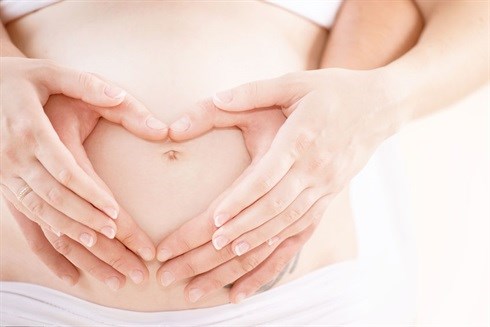
"Access to regular fertility treatment is very limited and, if you are HIV-positive, it is even scarcer," says Dr Thabo Matsaseng, at the start of Reproductive Health Month, which is commemorated in February. He is a fertility expert with the Department Obstetrics and Gynaecology at Stellenbosch University's Faculty of Medicine and Health Sciences (FMHS), whose unit at Tygerberg Hospital offers fertility services to couples where one or both partners are HIV positive.
"Many people ask why an HIV-positive person would want to have children but, with antiretroviral treatment, their prognosis is as good as someone with a chronic illness such as diabetes. Ethically speaking, as long as both partners are protected and the baby is safe, you are doing good."
Natural conception will not occur with protected intercourse and couples need expert guidance if they want to stay safe and become pregnant. Fortunately, there are options available to them.
Healthy concordant couples where both partners are on ART have CD4 counts above 350, undetectable viral loads (which indicate that they are less infectious) and no open wounds on their genital area can have timed unprotected intercourse when the woman is ovulating and be at very low risk of co-transmission.
Once the woman is pregnant, the next step is to reduce the chance of transmission from an infected mother to her unborn child. This occurs by placing the mother on ART and taking certain precautions at birth - if the mother's virus is undetected, her CD4 count is high, and there are no other complications, she can give birth naturally. However, when the mother's viral load is high or CD4 count low, it is best to perform a caesarean section to minimise the chance of infecting the baby.
The baby then receives treatment for at least six weeks after birth, followed by an HIV test.
"People without options take unnecessary risks to get pregnant. We believe that the greater the access to treatment, the more people will be safe from infection, and the closer we are to reaching the Millennium Development Goal 5 of reducing new HIV infection."
His team are one of only a handful of places offering affordable fertility services to HIV-positive patients in the public sector.